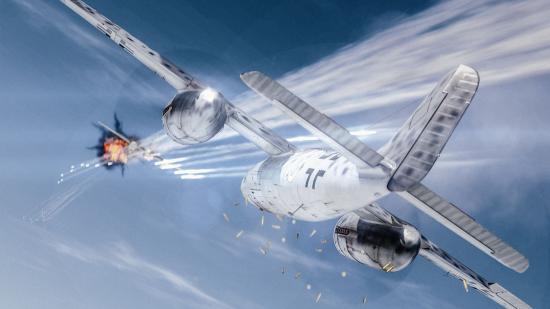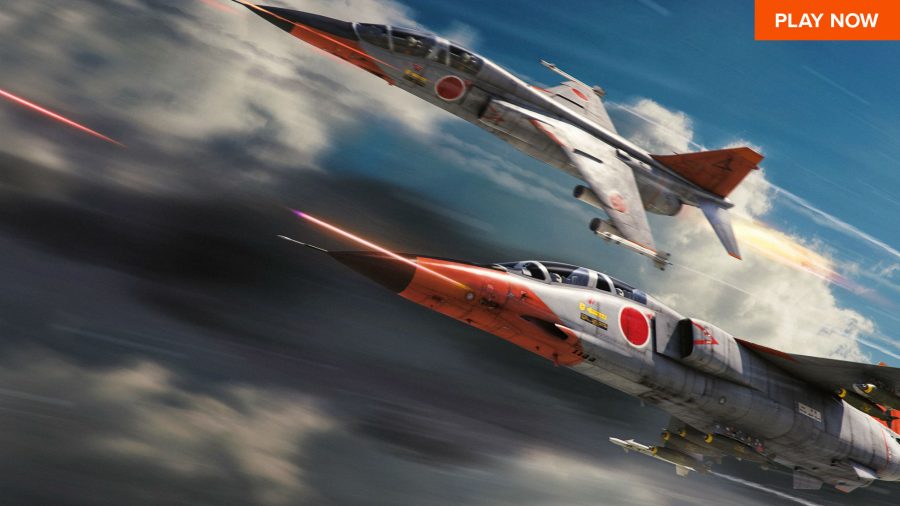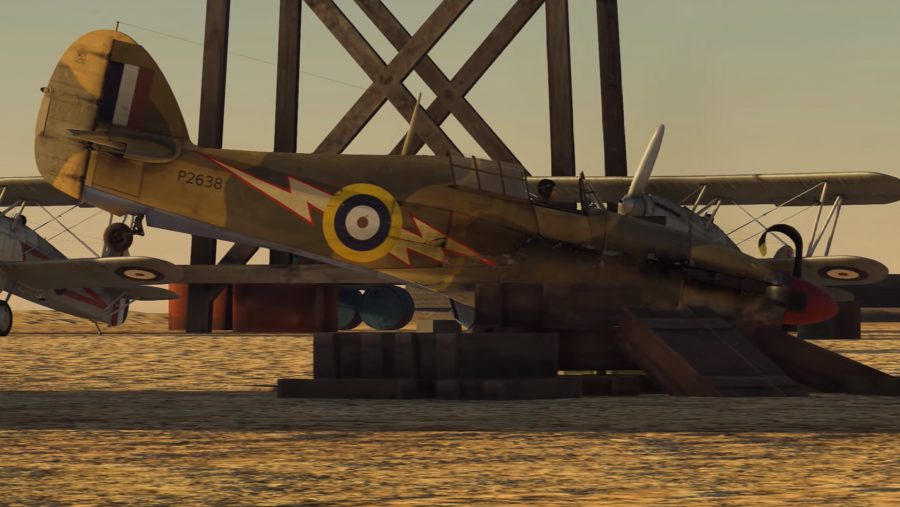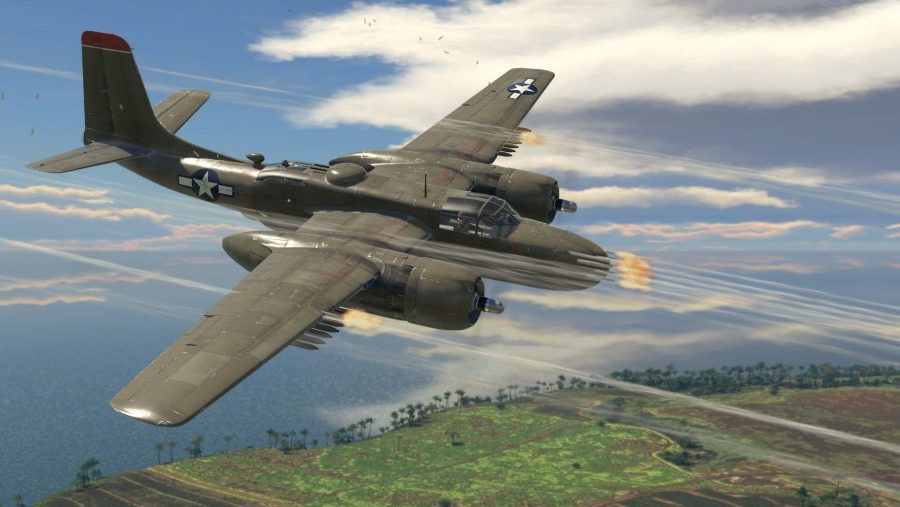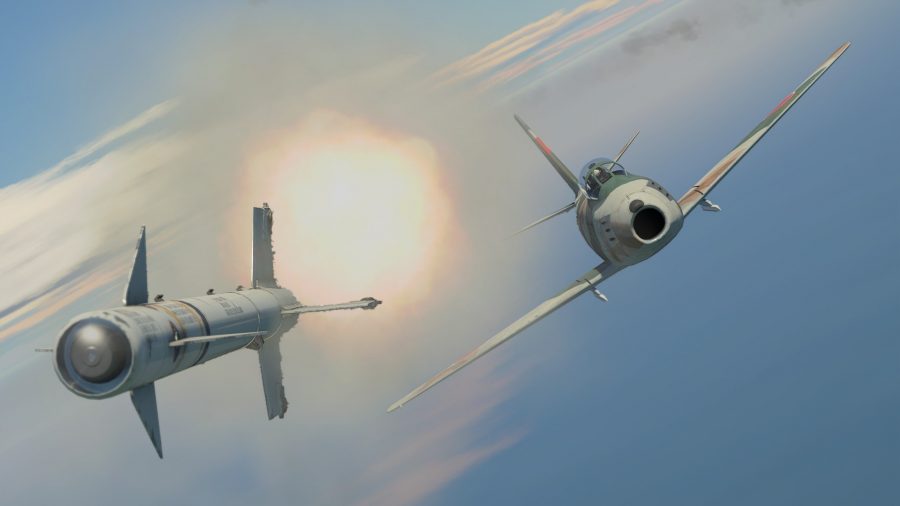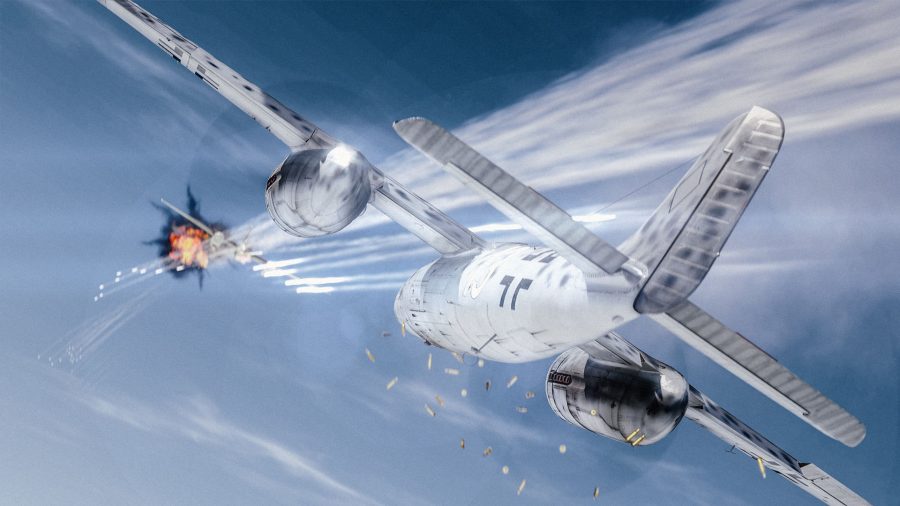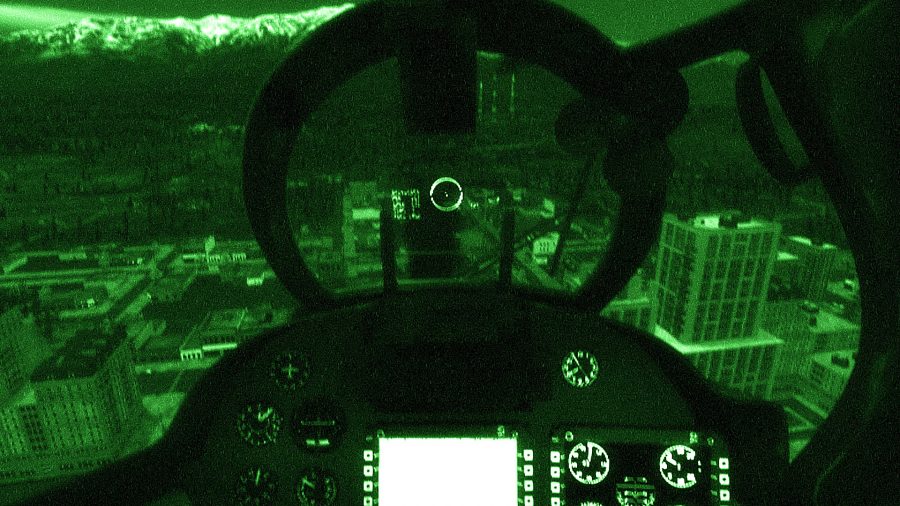Topping the leaderboards of War Thunder’s air battles is no mean feat. The skies are full of virtual Red Barons who are seemingly impossible to keep up with and even harder to escape. The prospect of challenging these aerial aces rather than simply trying to avoid them is an ominous one when you’re just starting out in one of the best plane games. Prefer your combat on the ground? Check out the best tank games on PC.
While the realistic penetration and ballistic mechanics differ little from War Thunder’s Ground Forces game, the increased speed and manoeuvrability make air battles an entirely different prospect.
Additionally, there are no pathways to channel action into major points of contention, which means a battle can quickly devolve into a terrifying haze of flaming wreckages, bullets and occasionally – very occasionally – a still-flying, intact plane. Being that intact plane is your goal. This is your guide.
Don’t get fancy
For a lot of beginner pilots, victory is synonymous with outlandish manoeuvres and death-defying acrobatics. Looking out of the cockpit as a battle rages around you, it’s easy to fool yourself into thinking that the endless chain of loop-the-loops you’re performing is in some way useful to you or your team.
It isn’t. Stop it.
While most of these manoeuvres have a purpose in War Thunder, you won’t know how best to employ them early on into your fighter pilot career. You’ll earn more kills by keeping things simple than you will by paying homage to your favourite scenes from Top Gun. Fly straight, learn how to handle your plane and take on easy targets until you’re comfortable at the stick.
FYI, barrel-rolls are used to quickly slow your plane down, performing one does not bestow superpowers on you or your plane.
Get acquainted with your plane
Play to your strengths, avoid your weaknesses. In War Thunder, the stats and attributes of your plan are as important as your ability to fly it. A nimble turn-fighter is ideal in a closely fought dogfight, however, it’s easy prey from a distance. Conversely, using a heavy fighter is all about preserving your energy during attacking runs; lose momentum because you turned with your target and you’ll find yourself in a very difficult situation.
Spend a good deal of time between matches combing through your plane’s stats in the hangar and you’ll soon be able to identify whether you’re capable of performing an aerial ballet or should stick to picking targets off from the safety of the cloudline.
Avoid head-ons
This might seem like an obvious piece of advice, but you’d be surprised by the number of pilots who get themselves tempted into a head-on firefight. Even if you’re quick enough to duck out of a fiery collision, the likelihood of either one of you emerging in better shape than the other is slim at best.
So, when you see a plane coming straight at you, don’t take it as some kind of gentlemanly duel where victory can only be determined by divine intervention. Steer immediately away or you will both die.
Fire with extreme prejudice
Planes in War thunder have limited ammo and lengthy cooldown times, which makes choosing the right moment to fire crucial for any pilot looking to last the duration of the match. On top of this, your plane’s guns are practically useless at over 500m, and firing for prolonged spells will only reward you with severely reduced accuracy.
In most cases, all that’s needed to down an enemy fighter is a couple of two-second bursts from your machine guns. Picking slow targets and getting a solid run at them rather than a cursory shot will make eliminating them significantly easier and prevent you from getting locked into long, drawn-out dogfights.
Boom and zoom
A tactic that’s best employed by heavy fighters, the boom and zoom is a staple strategy of any seasoned War Thunder pilot. The basic mechanics of this tactic are simple: climb to a high altitude, dive on an enemy below you, use the speed gained during the dive to catch up to your target, take them down and ascend back into the sky before losing any more energy.
In a heavy fighter that can’t turn-fight, boom and zoom tactics are the most effective means of racking up kills. Remaining predominantly at high altitudes will keep you safe from the aerial melee of dogfighters below, giving you ample time to select targets and pick them off. It’s a strategy that demands restraint and patience, but one that’s lethal when used properly.
Watch your six
Being observant will save your life in War Thunder. A good pilot isn’t the one who manages to shake an enemy off their tail, it’s the one who never picks up a tail in the first place. Checking what’s around you – especially above you – stands you in good stead for seeing and evading any enemies looking to line up an attacking run on you.
Situational awareness will also pay dividends when it comes to going on the attack. Knowing where the bulk of your team is provides you with a good outlet should you find yourself under fire and in need of some help. Likewise, keeping an eye out for distracted enemies provides you with a good source of easy kills.
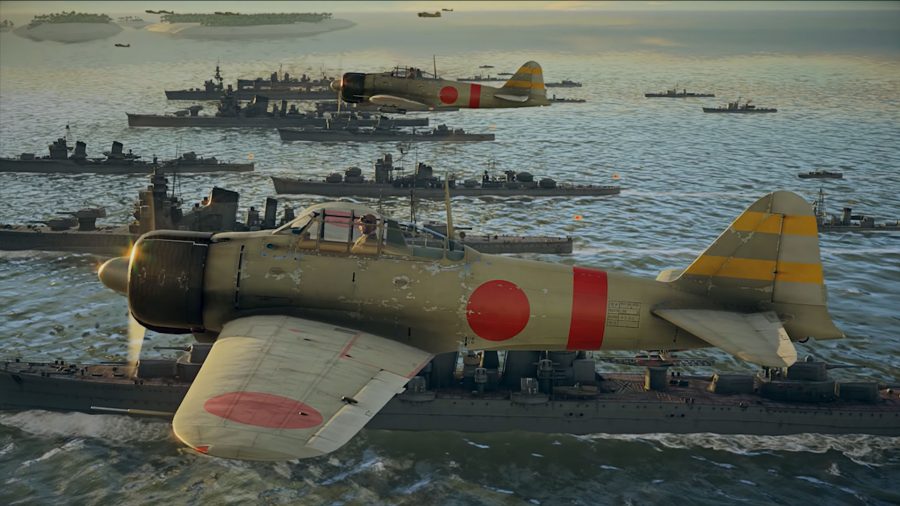
Master the Split S
Aside from the fact that you’ll sound the part telling others you just executed a Split S, this manoeuvre is ideal for losing a tail or finding yourself on an enemy’s six. In essence the Split S trades altitude for speed and a change in direction, allowing you to suddenly move in the opposite direction to either evade or attack an enemy.
The execution is simple: complete a half-turn so that you’re upside-down and then enter a half-loop so that you’re flying parallel to the ground below you. Using this turn on an enemy who’s moving in the opposite direction below you gives you a perfect run at them. Conversely, performing a Split S when you’re being tailed will give a speed boost and change of direction that can allow you to turn the tables on your pursuer.
Know your enemy
Sifting through every stat on your own aircraft is only part of the process. Just as it’s practical to know what your strengths and weaknesses are, it’s also beneficial to know who to watch out for in the skies and who will be easy prey.
Invest some time into researching any planes you’ve found particularly troublesome before and you can identify their pitfalls in order to get the upper hand next time you meet. For example: He 112’s might boast an impressive array of guns that make them lethal in dogfights, but their poor turning makes them useless when pitted against a biplane or light fighter.
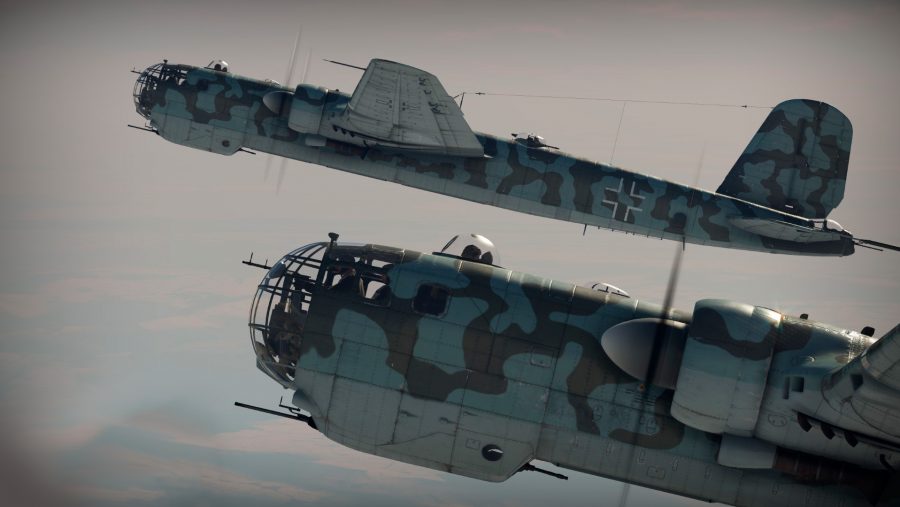
Use your teammates
Even in the most heated of dogfights, a player can always find safety by seeking refuge among their teammates. While the results aren’t quite as tangible as in the Ground Forces game, heading towards a group of friendlies is an easy way of shaking off any pursuers.
Bonus points for helping friendly fighters out is reason enough for most to give chase, and the fact that their target is already distracted usually means a quick kill too. Likewise, it’s never a bad idea to keep close to at least one friendly as you never know when you might need each other.
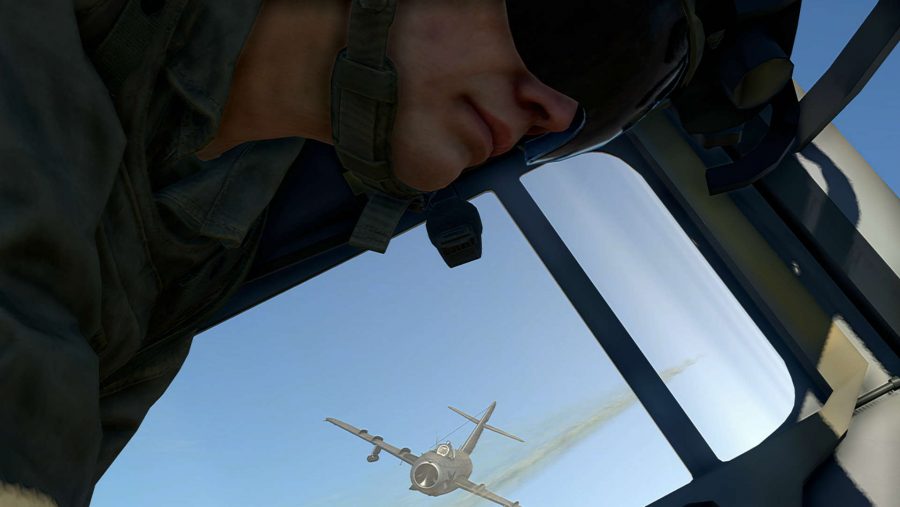
Farm ground targets
If you just want to climb the tiers and advance through the hundred or so planes in War Thunder, farming kills off the scripted ground units is a good way to go. With some games contested over the number of ground units remaining for each side, heading into battle with the aim of hunting down AAs and armoured convoys will also provide a boost to your team objective.
The points can be used to experiment with various planes and earn upgrades so you can get a better idea of what research path you hope to follow. Who needs to spend hours honing their piloting skills when they can just farm the best plane in the tier and start learning from there.
